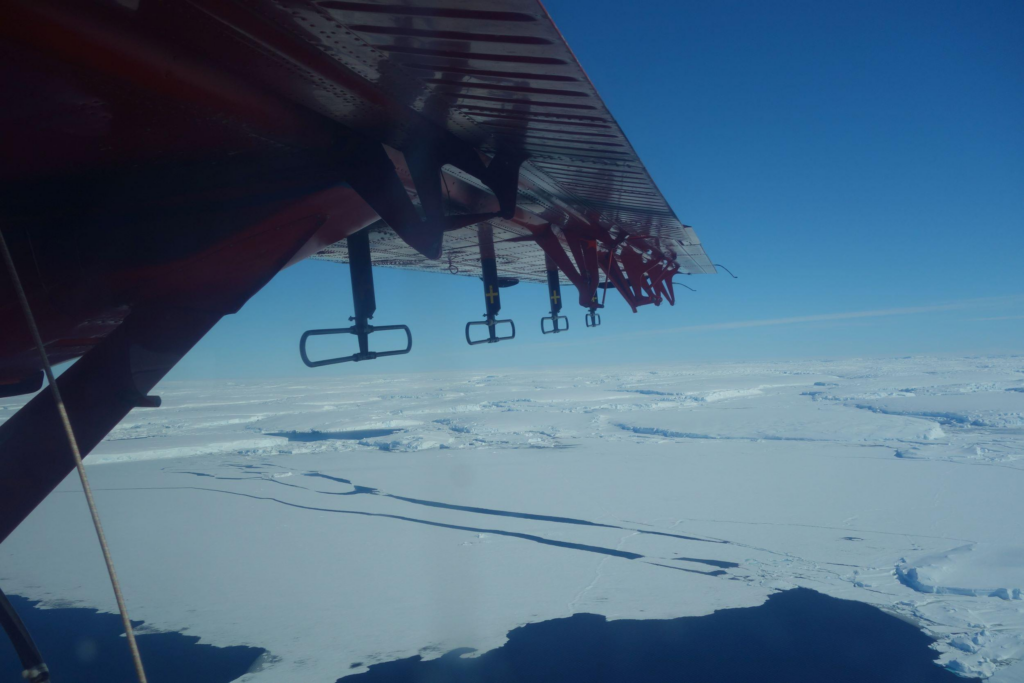Doomsday Glacier Map Reveals Future Sea Levels
A team from the British Antarctic Survey has completed the first map of the ground beneath West Antarctica's doomsday glacier, which is about the size of the UK and could raise global sea levels by 65%as it melts in the next few centuries cm ( 25 inches).

Covering 192,000 square kilometers (74,000 mi²), Thwaites Glacier has been nicknamed Doom Glacier because it is the world's widest glacier, and its retreat and instability have sparked fears that it could collapse , significantly raising the sea level.
The likelihood of this happening in the near future depends on a number of factors, not the least of which is the ground on which Thwaites sits—particularly at the most melt-prone front below sea level.
To learn more, the BAS team used a number of different methods to find out what was under the ice, including depth-penetrating radar on board the aircraft, as well as gravity and magnetic sensors. No single sensor can produce a complete survey, but By using multiple methods, it allows for overlap to fill in gaps and create a 3D map of the glacier and underlying geology.

The WORST-CASE SCENARIO is when the Glacier Rests On Layer of Sediment That Acts Like Slippery Mud, Accelerating Its Motion. Instead, what the team found was a complex grade. Ological PatchWork Dating Back 10 Billion Years, when new zealand parting ways with antarctica.
Instead of thick layers of sediment, much of the ground is made up of granite and other igneous rocks, and the sediment sits in a series of basins on the backside of the glacier. Exactly how this will affect the rate at which Thwaites retreats or how Much the melted water will raise sea levels remains to be determined, but given that Thwaites Glacier accounts for 4% of current sea level rise, it is an important question to consider.
"We hope that by showing the detailed geology, and how it relates to basement friction, future models of glacier retreat will have lower uncertainties as the control of basement processes will be better understood," said British Antarctic Survey ( BAS ) geophysicist Dr Tom Jordan said. "No single piece of scientific research can match the scale and challenge of climate change. But it is the incremental construction of all individual scientific research like this that allows us to understand and address this challenge.
The study was published in Science Advances .
Article source: British Antarctic Survey


